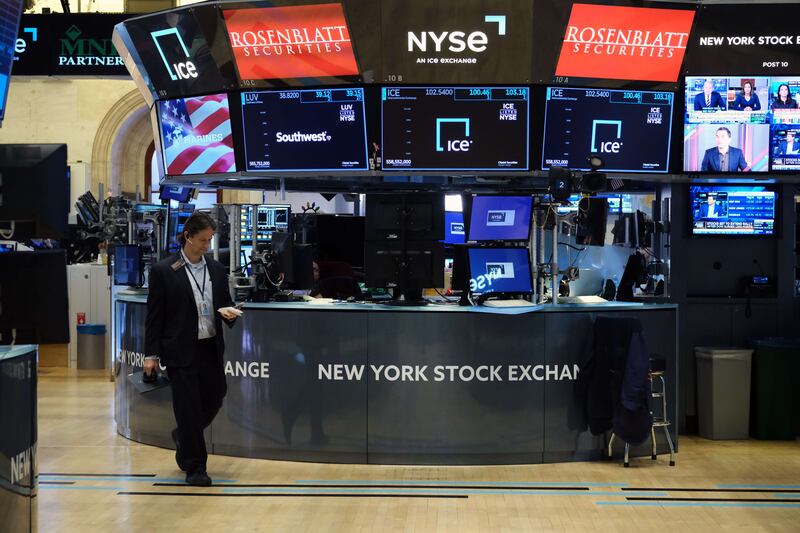Oil prices opened lower on Tuesday following a sharp decline in the previous session as investors worry about the short-term demand for crude.
Brent, the benchmark for two thirds of the world’s oil, was trading 0.42 per cent lower at $92.75 a barrel at 10.18am on Tuesday. West Texas Intermediate, the gauge that tracks US crude, was down 0.7 per cent at $85.27 a barrel.
Crude futures declined by nearly 3 per cent on Monday after Opec slashed its 2022 and 2023 crude demand estimates again on suppressed growth in China — the world’s largest crude importer — and slowing global economy.
Global oil demand will increase by 2.5 million barrels per day this year, lower than Opec’s previous estimate of 2.6 million bpd, the group of oil-producing countries said in its monthly oil market report.
World oil demand next year will grow by 2.2 million bpd, down from an earlier estimate of 2.3 million bpd.
“The producers’ alliance does still expect an improvement in 2023, however, which combined with a cautious stance on production could mean tighter markets in the coming months,” Emirates NBD economists said in a research note.
China has persisted with its zero-Covid policy, which has dampened growth prospects in the world’s second-largest economy.
The country’s shortening of quarantine periods for close contacts and travellers offered some support to oil prices last week.
However, Beijing and other major Chinese cities are now facing a rising number of infections.
“There is hope that China could further relax its zero-Covid policy next spring, but for now, mass testing, heavy restrictions, and lockdowns are here to stay, despite growing opposition and fatigue,” said Craig Erlam, senior market analyst at Oanda.
“Those hoping that this initial relaxation phase would be more substantial were always setting themselves up for disappointment.”
Opec left its world economic growth forecast unchanged for this year and the next, but issued a warning that EU’s energy supply poses a “downside risk” to the global economy.
Further supply-related issues could lead to a more “accentuated” slowdown of the region’s economy this winter and beyond, the group said.
European countries, having exceeded their gas storage targets for this winter, are now looking to secure supplies for the coming year amid dwindling Russian gas exports.
Markets will enter another phase of uncertainty when an EU embargo on seaborne Russian crude oil exports and a price cap on Russian oil by the G7 advanced economies come into effect on December 5.
Russia, which will continue exporting crude to some European countries after the ban, will still need to find a new market for more than 1 million barrels per day of crude by December, according to analysts.
The country's total oil production is forecast to decline to 9.5 million bpd by February 2023, a 1.9 million bpd drop compared to February 2022, the International Energy Agency said in an earlier report.
Meanwhile, output from US shale oil basins is on the rise as producers, encouraged by higher crude prices, boost their spending.
“The oil market balance has improved with the US shale oil coming back to the market, as expected,” said Al Rajhi Capital.
However, the Opec+ decision to cut output by 2 million bpd and the EU's sanction on Russian crude may “fully offset” the incremental US supply, the Saudi-based lender said.
“Overall, we expect oil prices to remain mostly stable with limited upside/downside potential,” it said. “However, the tight liquidity in the paper market may act as a downside risk.”






